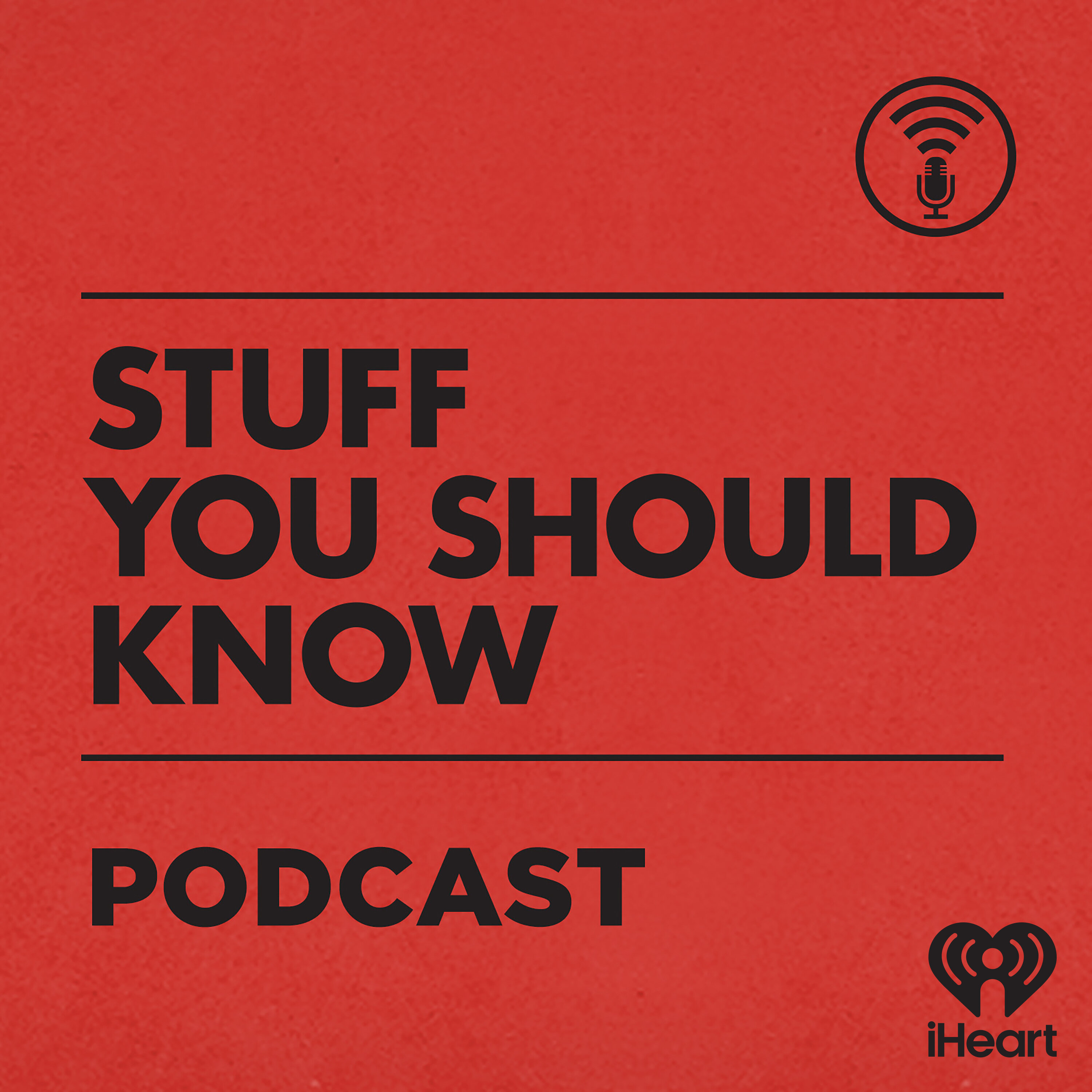
Selects: The Quinoa Revolution!

Stuff You Should Know
Deep Dive
What is quinoa and why is it considered a superfood?
Quinoa is a pseudo-cereal, not a true grain, originating from the Andean region around Lake Titicaca in Peru and Bolivia. It has been cultivated for over 5,000 years and is considered a superfood due to its high nutritional value. It is rich in protein, containing all nine essential amino acids, making it a complete protein source. It is also gluten-free, low in calories, and packed with nutrients like fiber, magnesium, folate, zinc, and potassium.
How did quinoa become popular in the United States?
Quinoa gained popularity in the U.S. in the early 21st century, particularly after Oprah Winfrey featured it on her show in 2008 during a cleanse diet. Chefs also began incorporating it into their menus, further boosting its popularity. Additionally, Sergio Nunez de Arco, a Bolivian UN development worker, played a key role by organizing indigenous quinoa farmers into a co-op, enabling large-scale export to global markets.
What are the environmental and cultural impacts of the quinoa boom?
The quinoa boom led to increased income for Andean farmers but also caused environmental and cultural challenges. Farmers stopped letting fields lie fallow, leading to soil degradation. They also reduced llama farming, which traditionally provided natural fertilizer. Additionally, the focus on a few high-demand quinoa varieties threatened crop diversity, which is crucial for adapting to climate change. Despite these issues, studies show that quinoa farmers' welfare improved significantly during the boom.
What are the nutritional benefits of quinoa?
Quinoa is highly nutritious, offering a complete protein source with all nine essential amino acids. It is gluten-free, low in calories, and contains no sugar, cholesterol, or sodium. It is rich in fiber, magnesium, folate, zinc, and potassium, which helps regulate blood pressure. Its high protein content and nutrient density make it a standout among plant-based foods.
How is quinoa traditionally prepared and cooked?
Quinoa is cooked similarly to rice. It should be rinsed thoroughly to remove saponin, a bitter, soap-like coating that acts as a natural pest deterrent. It is typically cooked in a 1:2 ratio of quinoa to water or broth. After boiling, it is simmered until the water is absorbed and the seed spirals become visible. It can be served as a side dish, mixed into salads, or used as a substitute for breadcrumbs in recipes like meatballs or burgers.
What challenges do Andean quinoa farmers face due to its global popularity?
Andean quinoa farmers face challenges such as soil degradation from over-farming, reduced use of traditional llama fertilizer, and the loss of crop diversity as they focus on high-demand varieties. Additionally, land disputes have arisen as previously unused land becomes valuable for quinoa cultivation. Despite these issues, studies indicate that farmers' overall welfare improved during the quinoa boom.
- Quinoa cultivation history of over 5000 years
- Originated around Lake Titicaca in Peru and Bolivia
- Grows in high, cold, and arid conditions
- Highly nutritious food
Shownotes Transcript
Quinoa is a trendy food, right alongside kale and anything else farm to table. But it's really an ancient grain. Although it's not exactly a grain at all. Technically it's a pseudo-cereal. But it is tasty and nutritious, a true superfood. Learn all about the food with the funny name in this classic episode.
See omnystudio.com/listener) for privacy information.